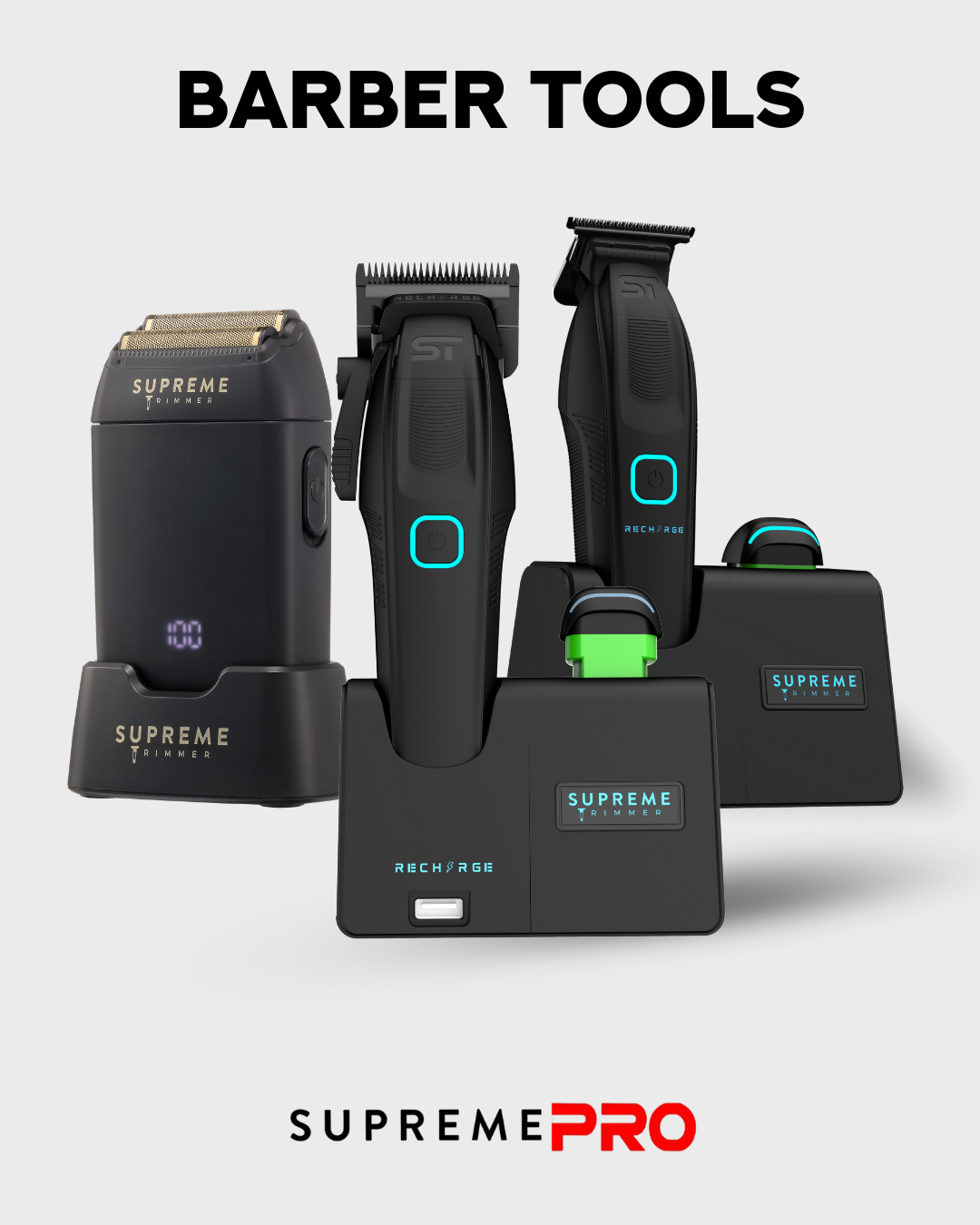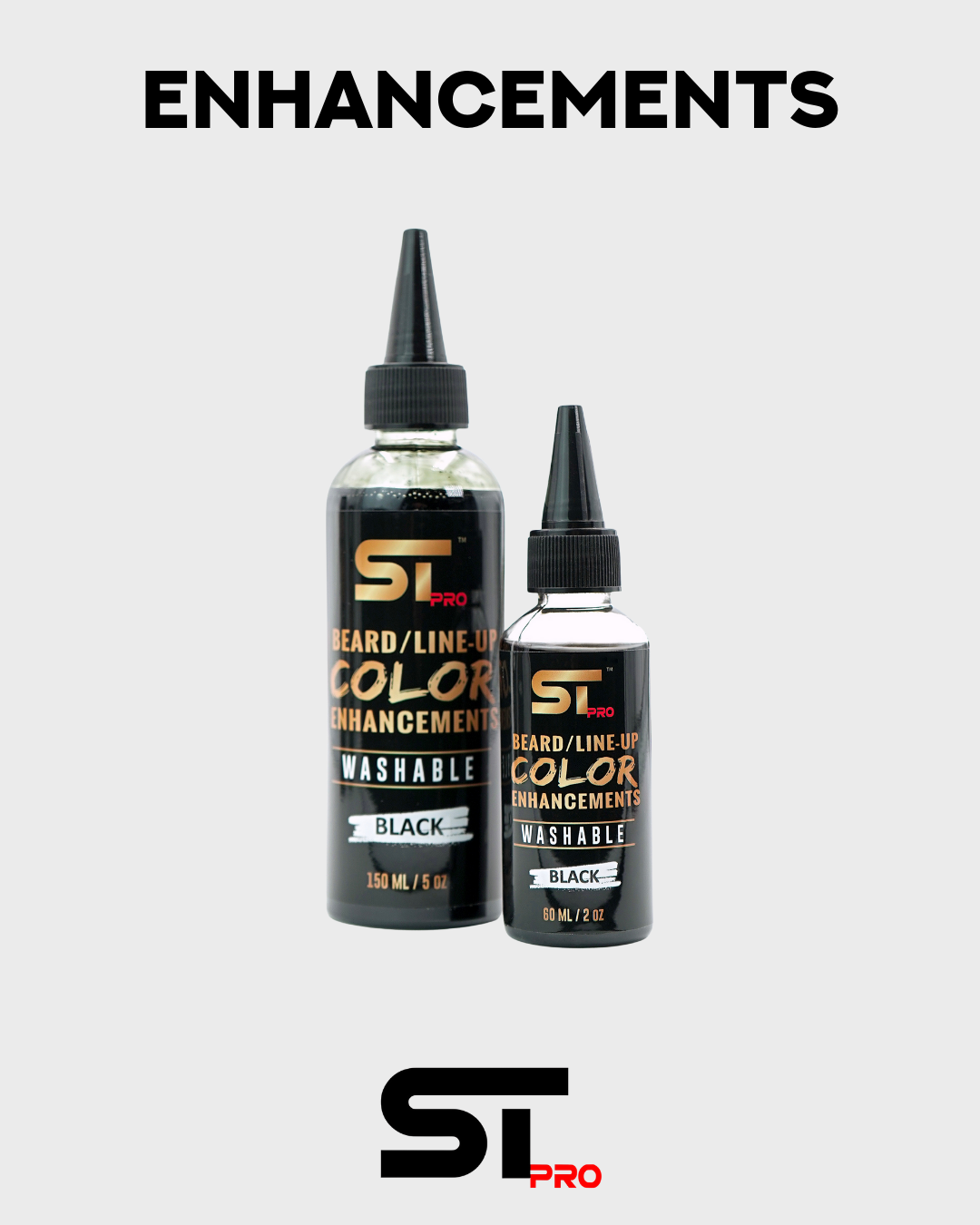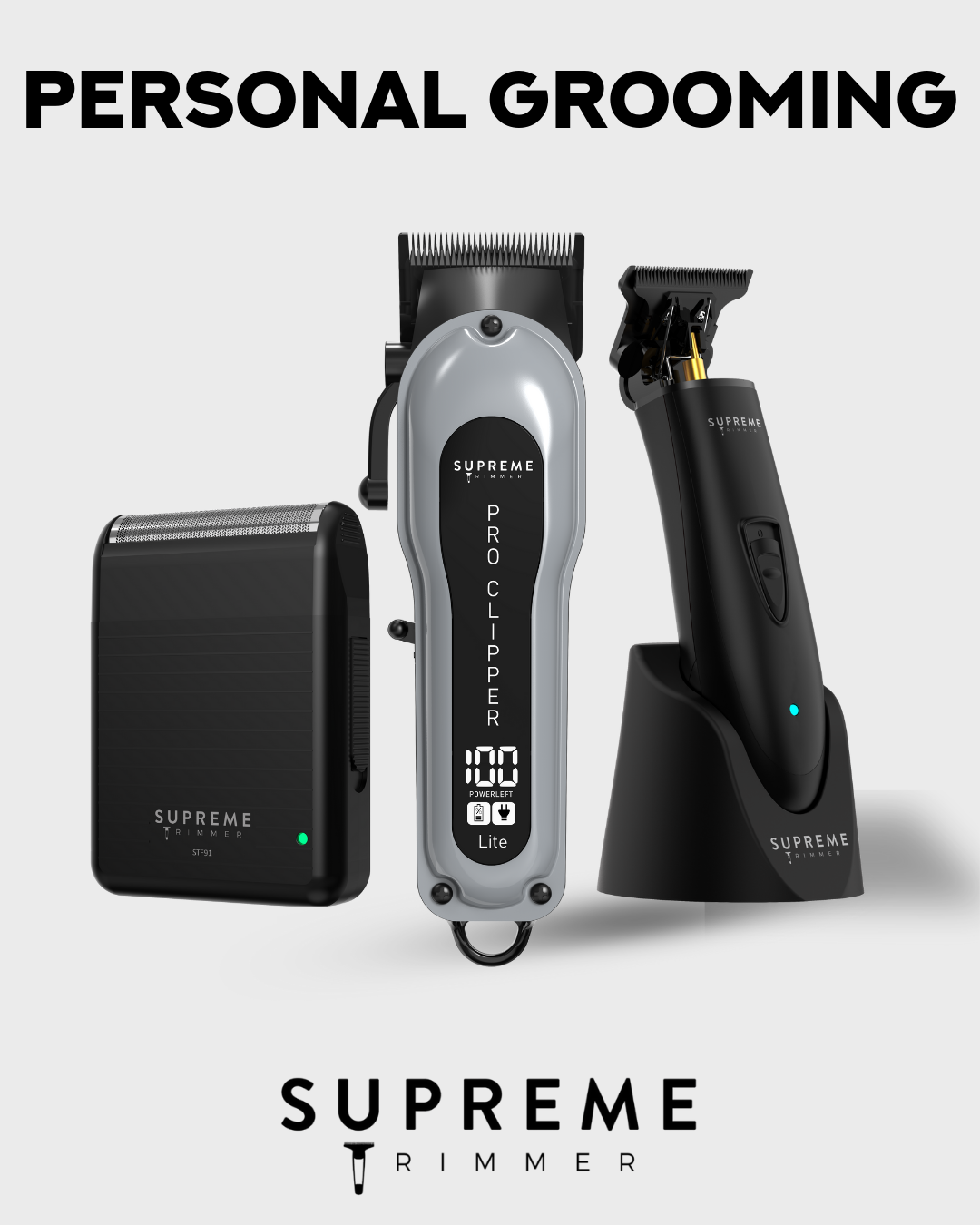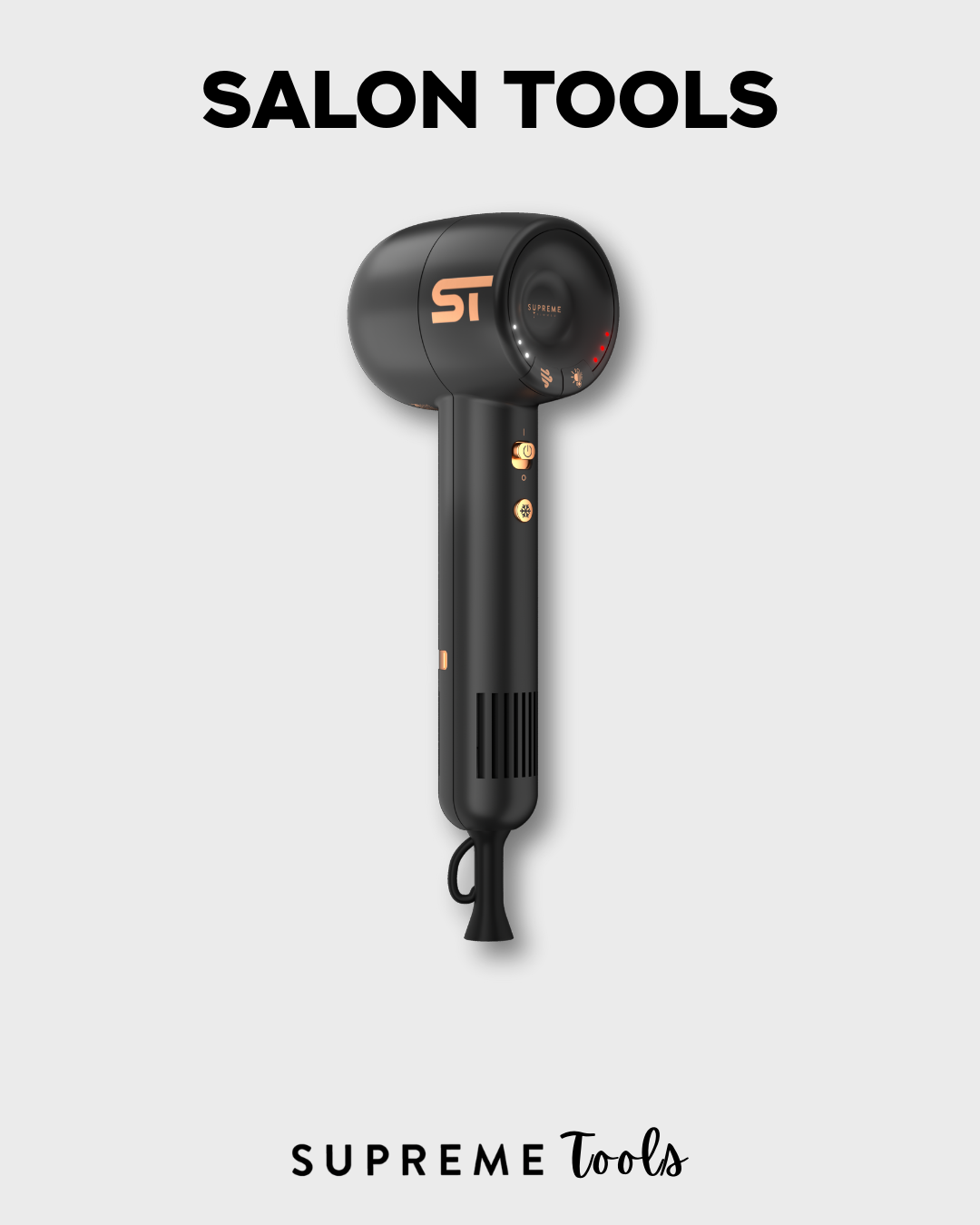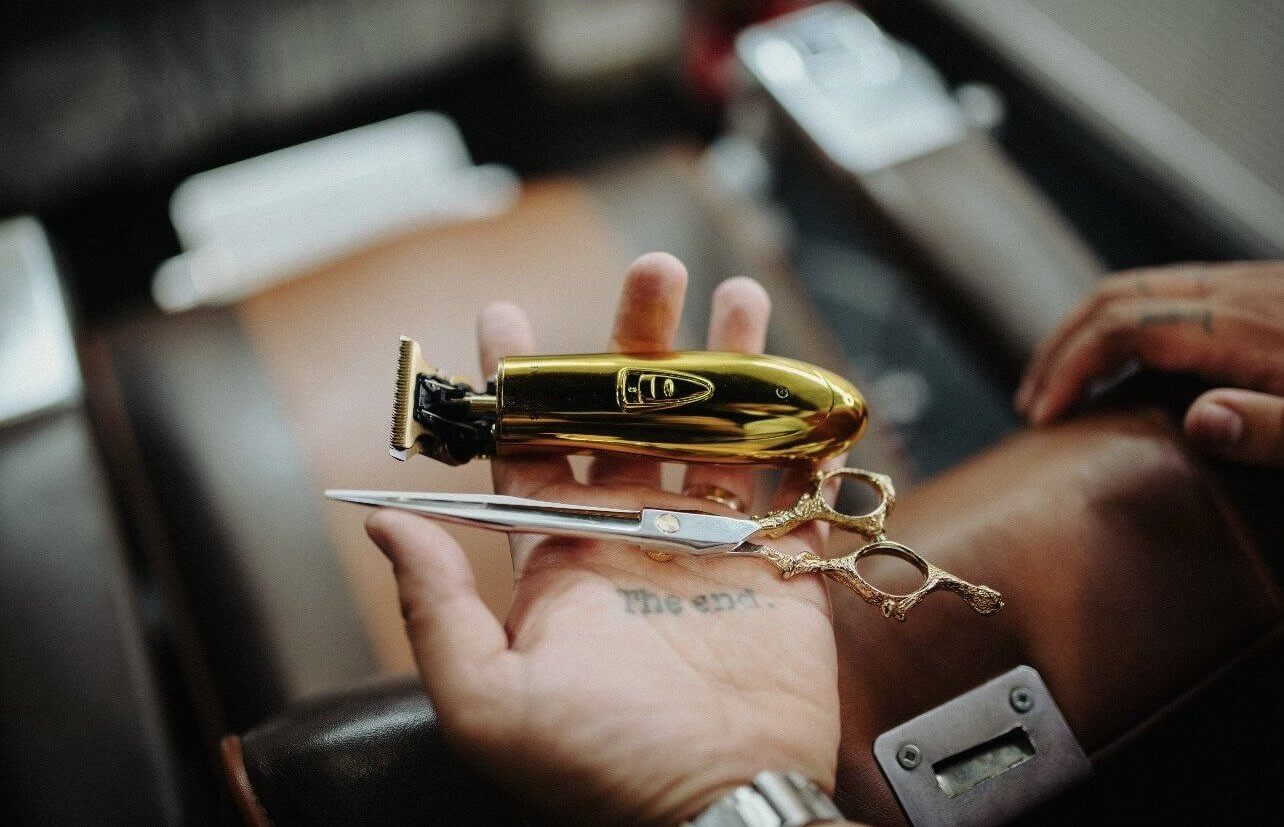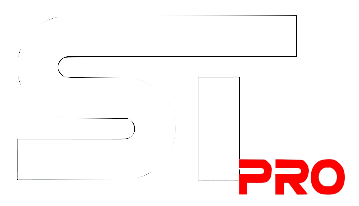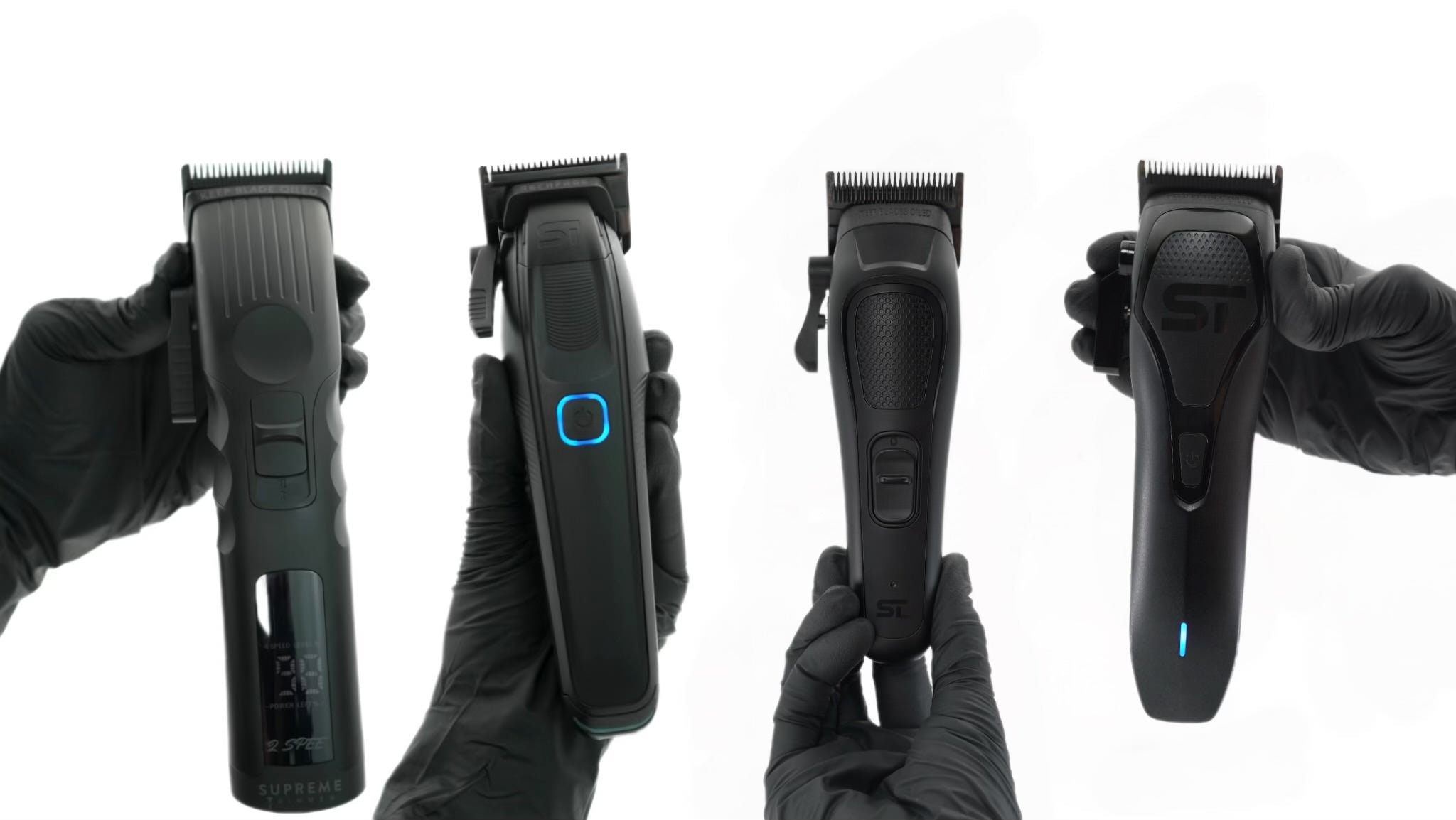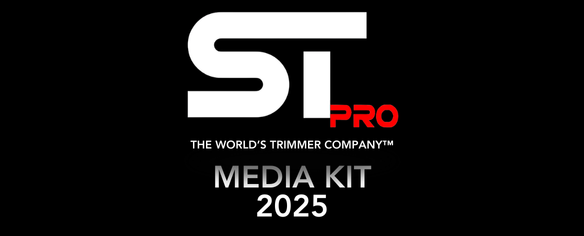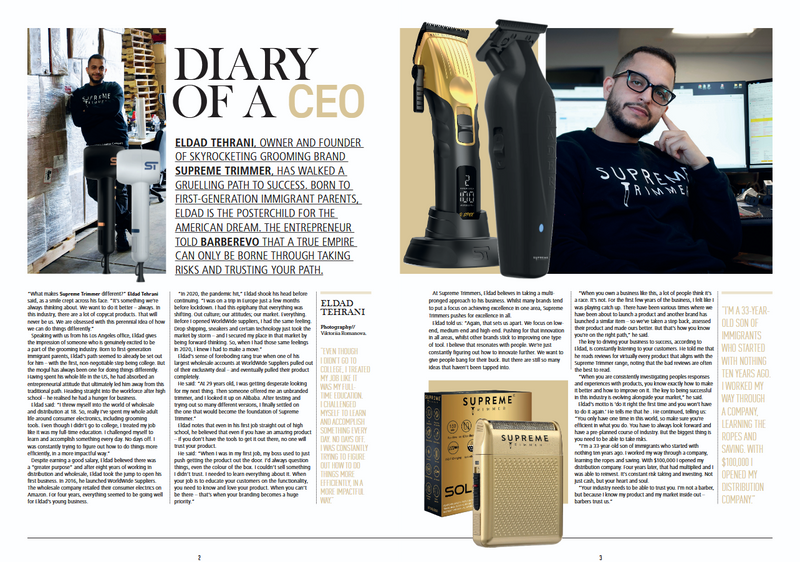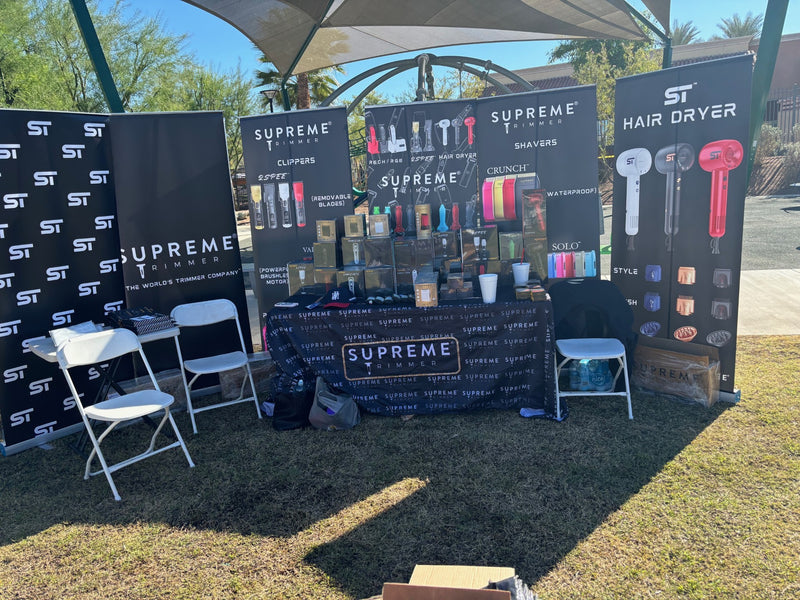At first glance, it’s easy to see the appeal of cheaper barber tools. They often look just like their more expensive counterparts, promising similar results at a fraction of the price. For someone on a tight budget or just starting out, it can seem like a no-brainer to go for the less expensive option. However, what you see on the outside doesn’t always tell the full story. Beneath that sleek exterior, there can be significant differences that impact performance, durability, and overall value.
One of the most overlooked aspects of budget tools is their internal quality. Two clippers might look nearly identical, but the materials and components inside can be worlds apart. Cheaper tools often use lower-grade motors, subpar batteries, or flimsy wiring that isn’t built to last. While these might work adequately at first, they’re far more prone to giving out quickly—leaving you frustrated and forced to replace them sooner than expected. A weaker motor may not cut as smoothly or evenly, and a smaller battery can die in the middle of a cut, disrupting your workflow. What initially seemed like a bargain can quickly become an ongoing expense.
Accessories and features are another area where cheaper tools often fall short. Many people compare two similar-looking products and choose the less expensive one, only to realize later that it doesn’t come with essential items like chargers, guards, or cleaning tools. These missing accessories mean you’ll end up spending extra money to buy them separately, effectively erasing any savings you thought you were getting. On top of that, some lower-priced brands don’t include warranties or offer reliable customer service. If your tool malfunctions or breaks, you might find yourself with no recourse and out of pocket for a replacement.
Then there’s the issue of hidden fees, a factor that many overlook when shopping for cheaper products. A budget-friendly brand located overseas might lure you in with a low price tag, but once shipping costs, import fees, and long delivery times are factored in, the price can balloon past that of a high-quality domestic alternative. By the time you’ve paid all the extras, the “bargain” no longer feels like such a good deal.
That said, it’s important to emphasize that more expensive doesn’t always mean better. The point is to look beyond the price tag and carefully evaluate the pros and cons of each option. Read reviews, research the brand’s reputation, and consider what you’re getting for the price—not just the tool itself, but the quality of its components, the included accessories, and the support available if something goes wrong.
In the end, making an informed decision is about understanding your needs and weighing all the factors. A cheaper tool might be “good enough” in the short term, but it could cost you more in frustration and replacements down the line. Investing in a product that balances quality, performance, and value will save you time, money, and headaches, allowing you to focus on what truly matters: delivering the best cuts for your clients.

